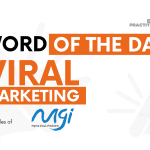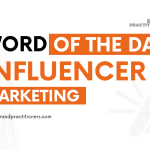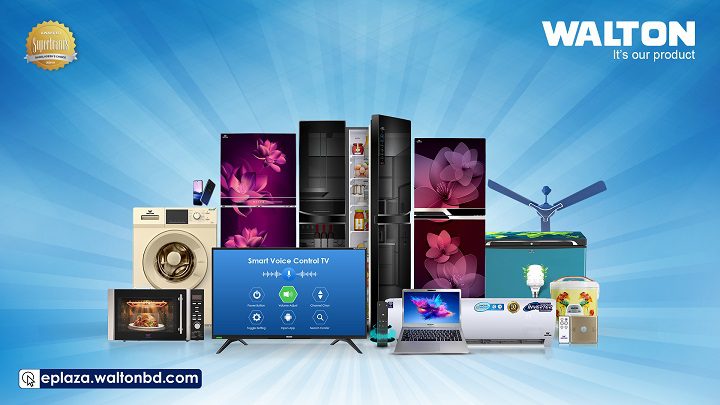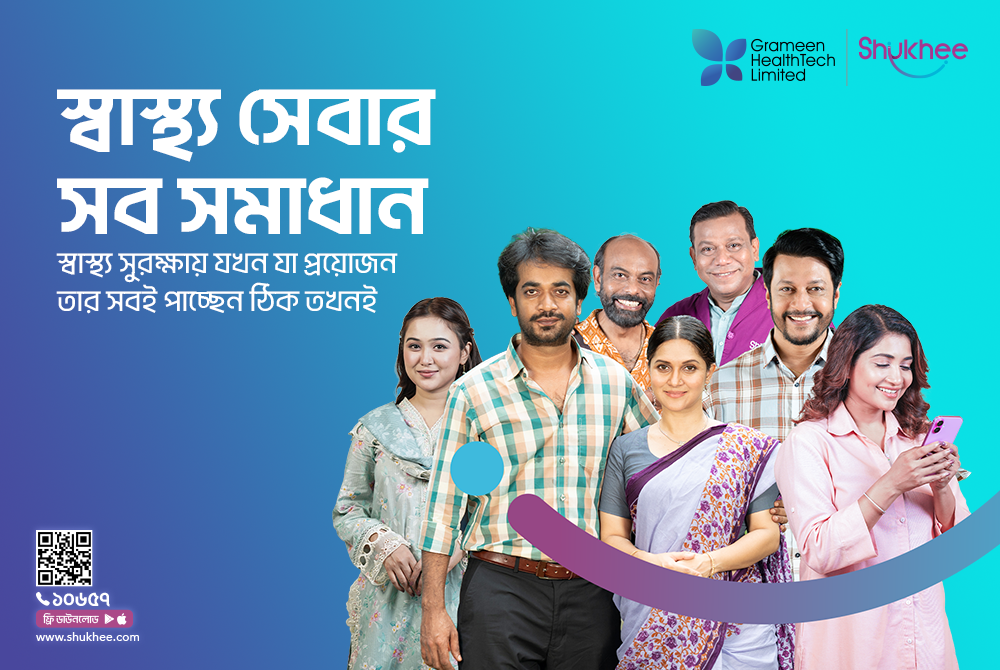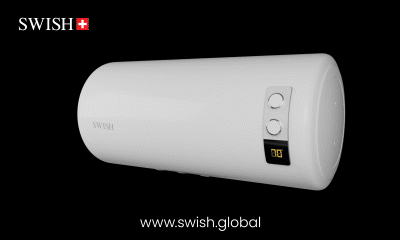User-generated content (UGC) is any content published by individuals instead of brands or organizations. Images, videos, text, reviews, and testimonials are all examples of content. It is often posted on social media, blogs, and other internet-based platforms.
Reasons why brands and organizations use UGC
UGC may help in the development of trust and credibility. People are more likely to trust a brand when they see a good UGC about a product or service. This is because user-generated content (UGC) is seen as more authentic and unbiased than brand-created material.
UGC can help in the generation of leads and sales. People are more ready to try a product or service if they witness other people using it and enjoying it. This is especially true for items classified as niche or aspirational.
UGC is useful in the improvement of customer service. Brands may enhance their products or services by listening to user generated content. This can aid in increasing customer satisfaction and loyalty.
Read more: HATIL: Leading Innovations in Bangladesh’s Furniture Industry
How brands are using UGC
- Apex: Apex uses UGC to promote its new products and campaigns. The company encourages people to share photos and videos of themselves wearing Apex shoes.
- Walton: Walton uses UGC to show people how its products are made and exported around the world and showcase their new products.
- Pusti: Pusti uses UGC to show people that its food is made with real, fresh ingredients.
Read more: Brand Identity Prism in The Context of Bangladesh
Tips for using UGC for your business
- Allow users to easily share their content. Create a hashtag for your business or include a call to action on your website or social media sites to do this.
- Respond to user-generated content (UGC) in a timely and good manner. This will demonstrate to others that you value their opinion and are attentive to their problems.
- Use user-generated content to generate fresh content. UGC may be used to produce blog entries, social media visuals, and even video advertisement.




